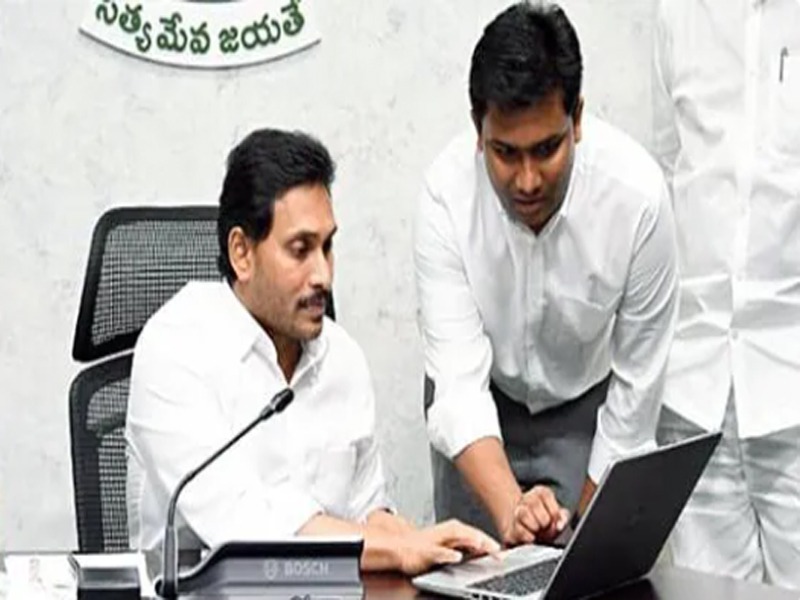
The Aspirational Districts programme, launched by the Hon’ble Prime Minister in January 2018, intends to change 112 of the country’s most underdeveloped districts rapidly and effectively. Convergence (Central & State Schemes), Collaboration (Central, State level ‘Prabhari’ Officers & District Collectors), and Competition, among districts; through monthly delta ranking are the basic features of the programme, all of which are pushed, by a mass movement.
Activities Planned In This Programme.
1. This programme focuses on the strength of each district, selecting low-hanging fruits for quick improvement, and monitoring success; by rating districts monthly, with States as the primary drivers.
2. India is one of the world’s most powerful economies, with plans to grow to $5 trillion by 2024-25. The ranking is based on incremental improvement in 49 Key Performance Indicators (KPIs), spanning five main socioeconomic themes: health and nutrition, education, agriculture and water resources, financial inclusion and skill development, and infrastructure. However, the current quality of living for many of its residents does not reflect this growth story, as evidenced by India’s ranking of 130 on the UNDP’s 2018 Human Development Index. Therefore, plan each segment and reform based on HDI.
3. Significant differences in living levels exist between states and districts in India. To address this disparity, the government started the ‘Transformation of Aspirational Districts’ programme in January 2018. (ADP).
4. “Sabka Saath Sabka Vikas our Sabka Vishwas” is the government’s commitment to improve people’s living conditions and guarantee inclusive growth for all. This initiative focuses on enhancing people’s ability to engage in the rising economy fully; to help them realize their full potential.
5. In the spirit; of competitive and cooperative federalism, districts are prodded and encouraged to first catch up with the best district in their state. Then, aim to become one of the finest, in the country, by competing with other districts of the country; by learning from others.
6. The Aspirational Districts Program aims to localize Sustainable Development Goals, resulting in national improvement.
Executive Challenges Of Aspirational Districts Programme.
The government’s strategy includes the primary efforts that NITI Aayog has taken on. NITI Aayog collaborates closely with the appropriate line ministries and various development partners to accelerate success. Districts are encouraged to develop and share best practices that promote progress across socioeconomic themes. Another goal of the programme is to delve deeper into the progress of each district’s blocks. Districts are urged to track the progress of the blocks that lead to the district’s overall improvement.
● The issue of insufficient fiscal resources has an impact on ADP’s future.
● Multiple ministries are responsible for implementing ADP, resulting in a lack of cooperation.
● Data for improving programme execution and planning at the local level requires high-quality administrative data.
● The Delta ranking is primarily concerned with quantity (i.e., access coverage).
● The ranking index includes textbook delivery on time in schools; however, textbook delivery may or may not be a problem in districts.
● In addition, as the ASER – Annual Status of Education Report points out, the quality of education in India is abysmal.
Unlocking Potentials; delving deeper into Insights from the Change Index contributes to the development of a New India. As a result, the legal system will get new data, from new and improved districts, in the future.
Potential Future of Aspirational Districts Programme.
According to preliminary information, the ADP has already improved the lives of thousands of people. As a result, they meticulously document and learn from the ADP’s experiences.
1. There is a need for a more simple ranking index, with fewer but carefully picked production and outcome measures that communicate national development goals.
2. Local governments should be given financial autonomy. To increase data quality, independent surveys can evaluate administrative data.
3. The ADP can make developing each district’s internal capacity to produce reliable and actionable data, as well as encouraging a data-driven culture, a priority.
4. Population, and related issues, must be dealt with in chronological order.
5. Poverty and developmental challenges, and urbanization have their own set of problems and solutions.
6. Government strategies and initiatives in several development sectors should adhere to improvements under implementation.
7. Issues arise from creating and executing policies and interventions; when performing improvisations.
8. The Programme must be designed to allow people to maximize their potential; for equal participation. Therefore, this initiative focuses on enhancing people’s ability to engage in the growing economy fully.
9. Many of the Centre’s programmes feature flexible expenditure components, allowing for local autonomy. However, due to the control of Central and State machinery, these are rarely used in practice.
10. ADP focuses on spending well rather than more. In ADP, there is no cash package or significant funding allocation. Instead, its sole purpose is to better use the resources already available through several government programmes.
11. In India, data collection is frequently delayed or of poor quality, affecting development policy initiatives. ADP’s real-time data; allows personnel on the ground to adjust strategy; based on reliable input. In specific ways, the ADP reorients; the way the government goes about delivering development.
The Prabhari Officer: ADP “In-Charge” Officer is appointed.
Each district has a prabhari (“in-charge”) officer. The additional secretary or joint secretary rank, the officer is assigned from the central government. In collaboration with the district government, a prabhari officer; will be appointed as Secretary of the state government.
Government Agencies Working On ADP.
The Hon’ble Prime Minister launched the Transformation of Aspirational Districts programme, which aims to rapidly and effectively change some of the country’s most undeveloped districts. An action plan for development has been drawn up as part of the Aspirational Districts Scheme; which are as follows:
1. International Food Policy Research Institute.
2. Community Radio Stations.
3. Ministry of Consumer Affairs, Food, and Public Distribution.
4. Ministry of Health and Family Welfare.
5. Ministry of Jal Shakti.
6. Ministry of Agriculture and Farmers’ Welfare.
7. Ministry in Health and Nutrition.
8. Ministry of Law and Justice.
9. Ministry of Skill Development and Entrepreneurship.
10. NITI Aayog.
11. Oil and Natural Gas Corporation.
12. USOF scheme for mobile services in Uncovered Villages of ADP.
13. VRIDDHI initiative to scale up India’s RMNCH+A strategy.
Agencies are rapidly expanding, and their capacity to modify districts via phasing changes is increasing. The Prime Minister emphasized the reform’s exponential benefits. The Development Secretary presented a presentation, on a mission to uplift 142 selected areas, similar to the recent focused work, in aspirational districts. The Prime Minister’s Office pledged that the Centre and states would work together to improve these identified districts by addressing pockets of underdevelopment.
Aspirational Districts Programme Is Legally Active!
The Administration has also identified significant development indicators that will be used to track the progress of the blocks. The KPIs will measure health and nutrition, education, agriculture and allied services, urban and rural infrastructure, skill development and employment, and social and financial inclusion. Districts are significantly lower than the national average due to governance concerns rather than scheme execution. The report is occasionally received, with opposition from state governments. Special attention is paid to them, and the Prime Minister personally delegates to the heads of the state’s governments for welfare initiatives to reach them quickly. ADP ensures that its agencies take advantage of every opportunity to innovate and accelerate the success presented to them.



























